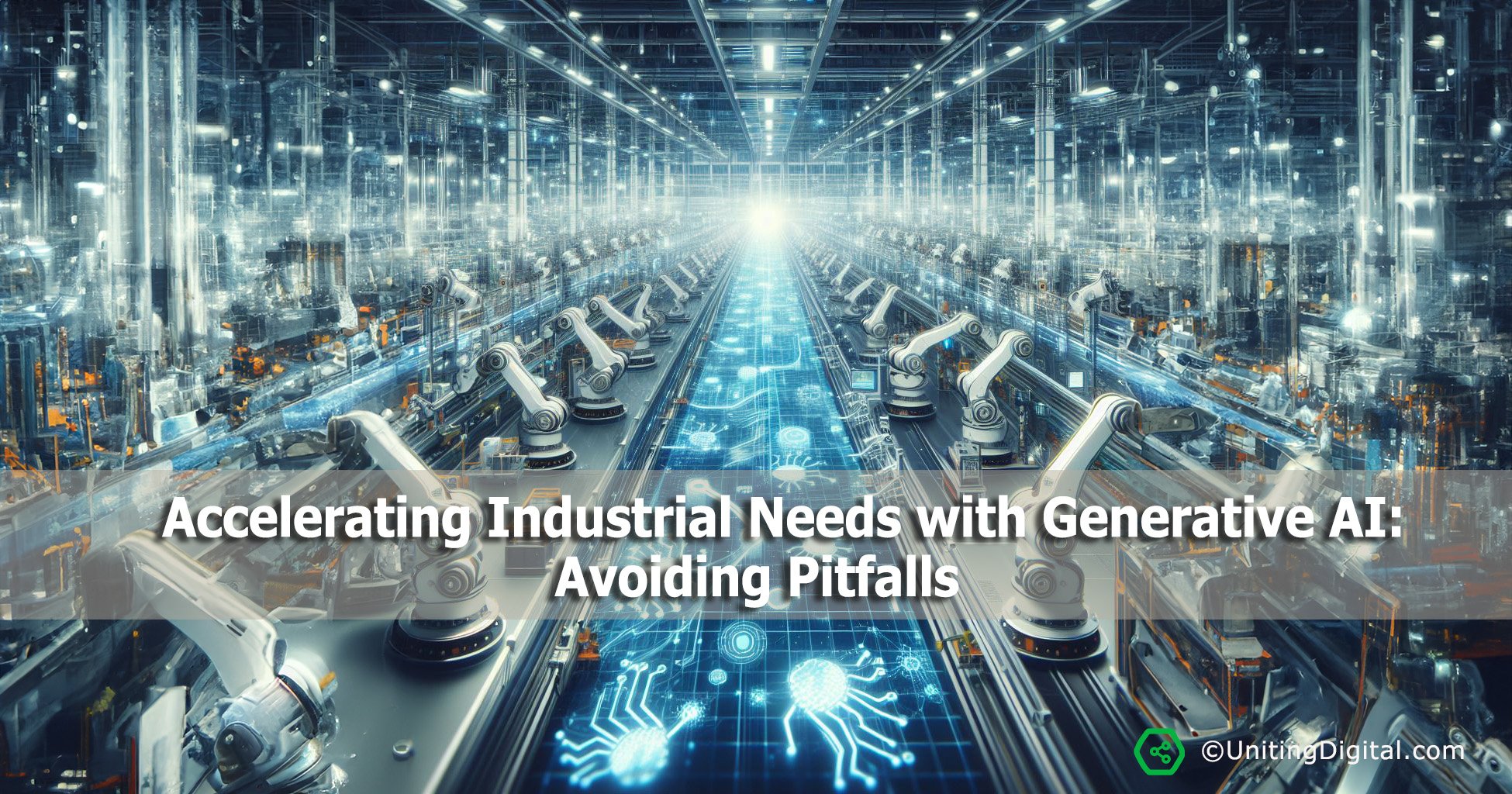Accelerating Industrial Needs with Generative AI: Avoiding Pitfalls
Generative AI has emerged as a transformative technology for the industrial sector, offering immense potential to accelerate operations and drive digitalization. In this article, we will explore why generative AI is crucial for the industry and how it can help avoid certain pitfalls. By understanding the key factors that make generative AI work for industry, identifying opportunities and gaps in industrial data management, and leveraging essential tools, organizations can harness the full potential of generative AI.
Making Generative AI Work for Industry:
To make generative AI work effectively in an industrial setting, it is essential to establish a strong foundation. This includes building a robust industrial data infrastructure and a deterministic industrial knowledge graph that represents the operational context comprehensively. By combining large language models (LLMs) with this knowledge graph, generative AI can provide trusted and explainable responses to complex industrial questions, empowering asset performance management and driving efficiency.
Identifying Opportunities and Gaps in Industrial Data Management:
Industrial organizations must assess their current data management practices to identify opportunities and gaps. A strong industrial data foundation, supported by Industrial DataOps platforms, is crucial to ensure the trustworthiness and reliability of generative AI. These platforms enable data workers to deploy automated workflows, extract and integrate data from various sources, and apply industry-specific knowledge and contextualization. By addressing gaps in data management, organizations can optimize data usage and minimize the risk of hallucinations.
Leveraging Key Tools for Readiness and Value Calculation:
To fully leverage generative AI, organizations need to profile their readiness and calculate the value it can bring. Key tools such as readiness assessment frameworks and value calculation models can help organizations evaluate their preparedness for implementing generative AI. These tools consider factors like data quality, integration, accessibility, and governance. Additionally, organizations can use these tools to write effective Request for Proposal (RFP) documents, ensuring that their generative AI initiatives align with their specific requirements and objectives.
Issues Solved by …..
…Read Full Article- Join our Community - Tech Sphere!
The TECH SPHERE Community is the perfect space for those looking to deepen their tech knowledge and stay ahead of industry trends.


